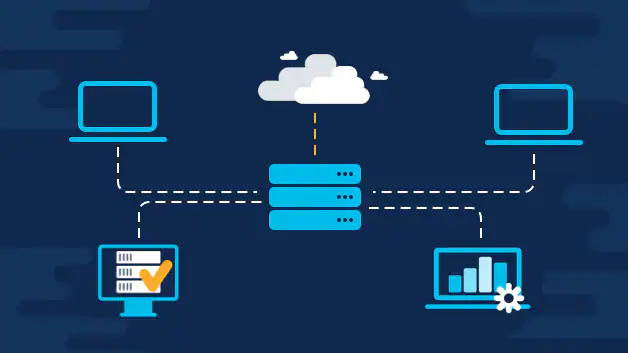As businesses grow and evolve, so do their technological needs. One of the most important aspects of any business’s IT infrastructure is its network design. A professional network design can increase productivity, improve security, and provide a foundation for future growth.
A survey by Cisco found that 97% of IT decision-makers believe network automation is important for their organization’s success, with 60% saying it is “essential.” The survey also found that organizations implementing network automation see significant benefits, such as increased efficiency, improved agility, and better security posture. In this article, we’ll discuss some tips and best practices for designing a network that meets the needs of your business.
Understanding Network Topologies
The first decision you must make when designing your network is what type of topology to use. Several network topologies include star, ring, bus, and mesh. Each has advantages and disadvantages; the right choice will depend on your needs.

Choosing Network Hardware
Once you’ve decided on topology, the next step is to choose the hardware that will make up your network. This includes routers, switches, and access points. When choosing hardware, it’s important to consider performance, scalability, and cost factors.
Securing Your Network
One of the most important aspects of a network is security. A well-designed network should include multiple layers of security, including firewalls, intrusion detection and prevention systems, and VPNs. It’s also important to keep your software updated and use strong passwords.
Redundancy and Disaster Recovery
Another important consideration in network design is redundancy and disaster recovery. Your network should include backup systems and redundant hardware to ensure the network can continue functioning if one component fails. You should also have a disaster recovery plan to ensure your business can continue operating during a major outage.
Network Monitoring and Management
Finally, it’s important to have a plan for monitoring and managing your network. This includes tools for monitoring performance and identifying potential issues before they become major problems. You should also have a plan for managing network access and updating software and firmware.
Conclusion
Designing a network for your business can be complex, but following these tips and best practices can create a network that meets your needs and provides a solid foundation for future growth. Remember to assess your needs, choose the right topology and hardware, prioritize security, plan for redundancy and disaster recovery, and have a plan for monitoring and management.
You may also like to read:
Small Space, Big Impact: Remodeling Ideas for Business Productivity



